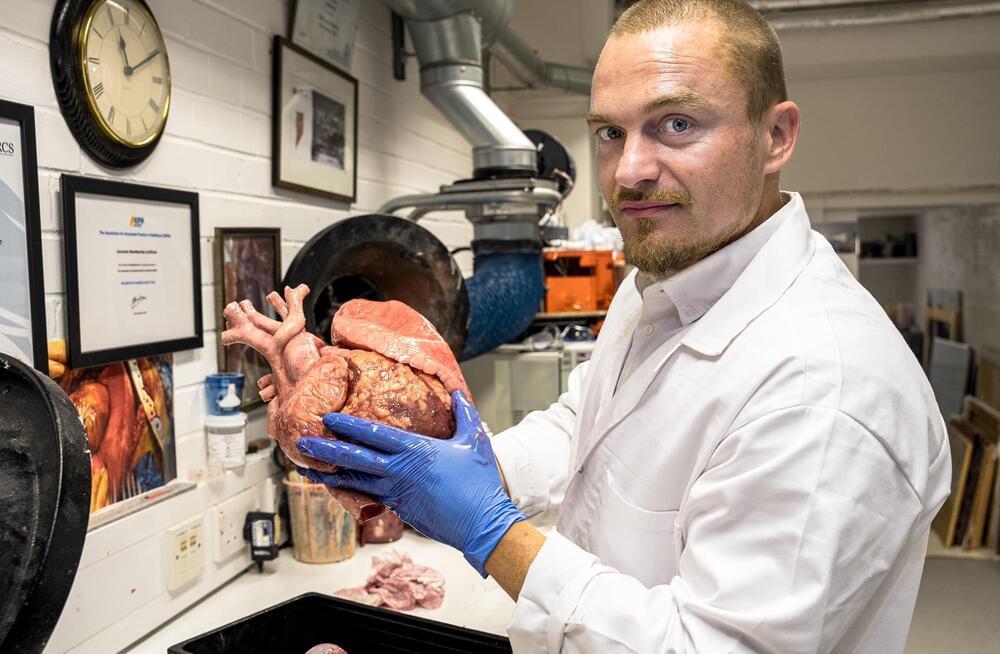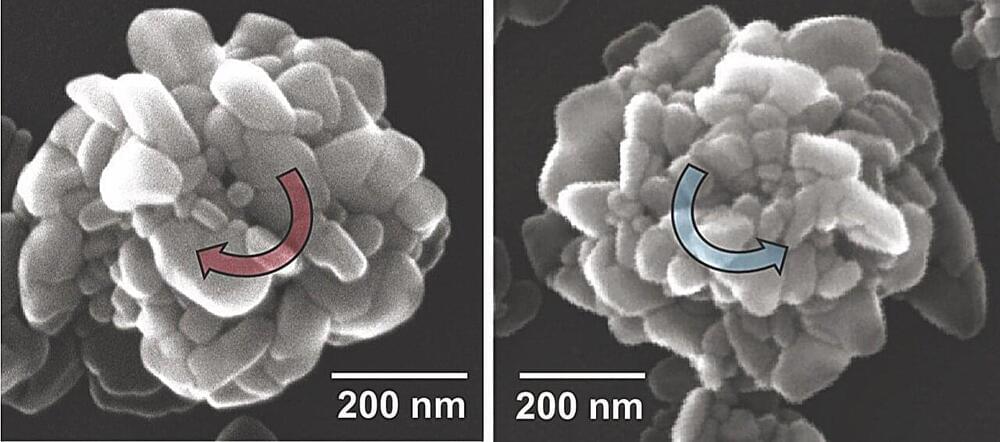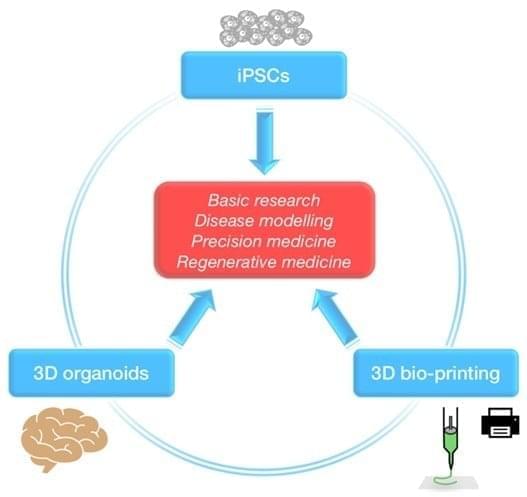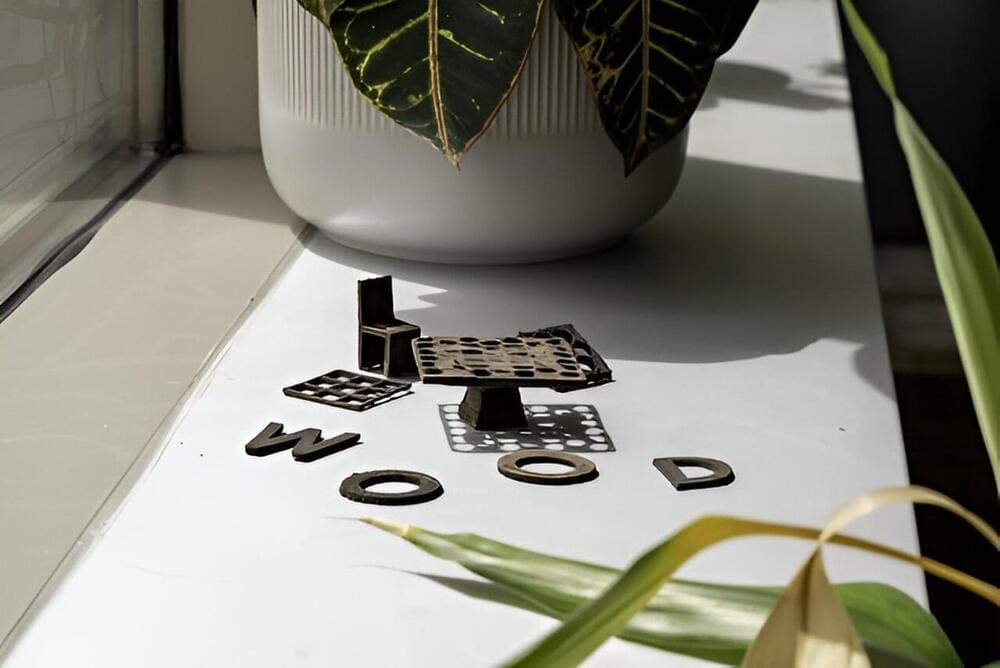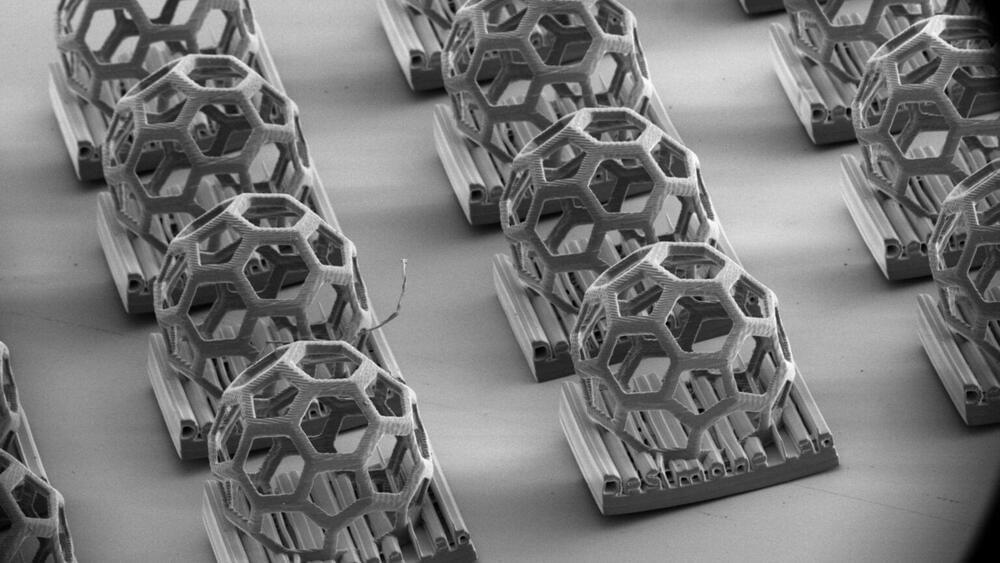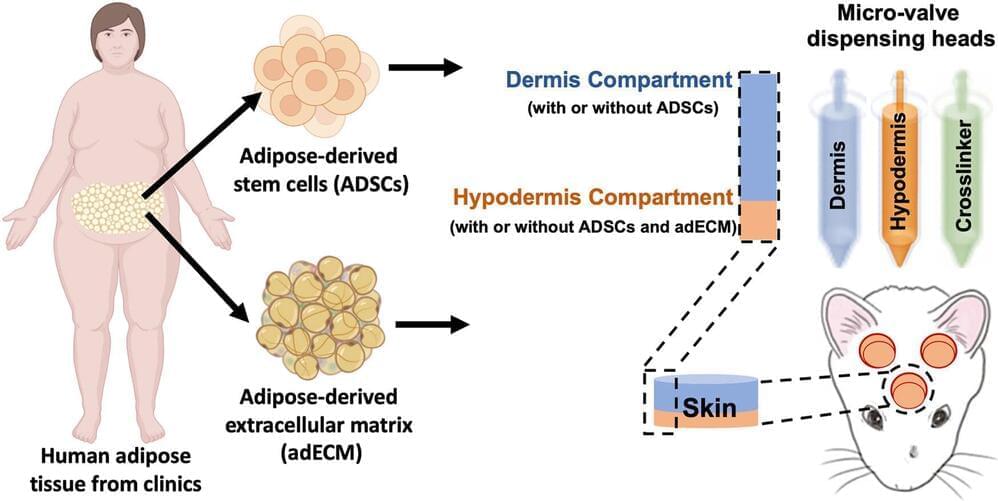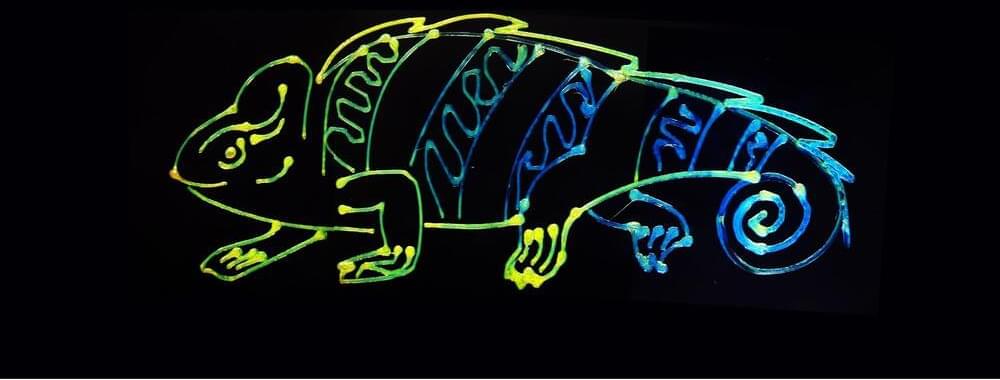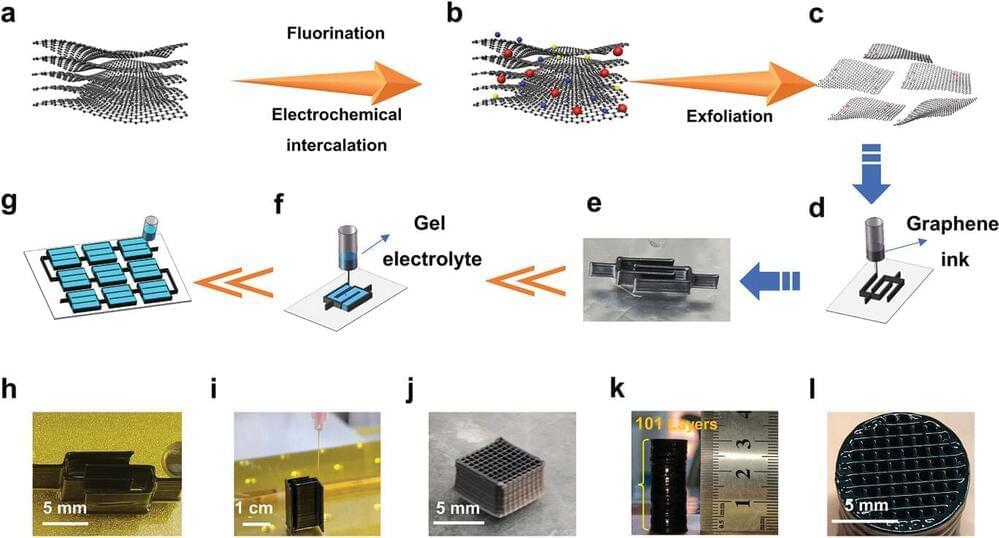Researchers from Nottingham Trent University (NTU) have developed realistic 3D printed heart and lung models that can bleed, beat and breathe like their real counterparts.
Designed for organ transplant training, the lifelike models reportedly reflect the tactile qualities of a human heart and can be produced with various tissue hardness levels. Using the models, medical professionals can plan surgeries and safely research and teach transplant procedures, without the risk of complications.
The project, which was led by research fellow Richard Arm, leveraged 3D scans of both healthy and diseased human hearts to 3D print the models to a high level of accuracy.
